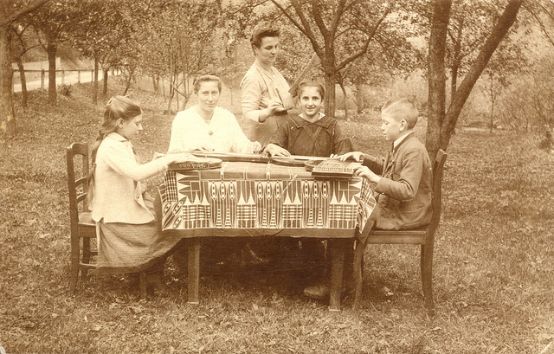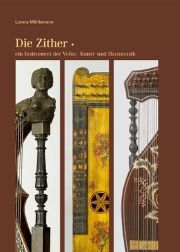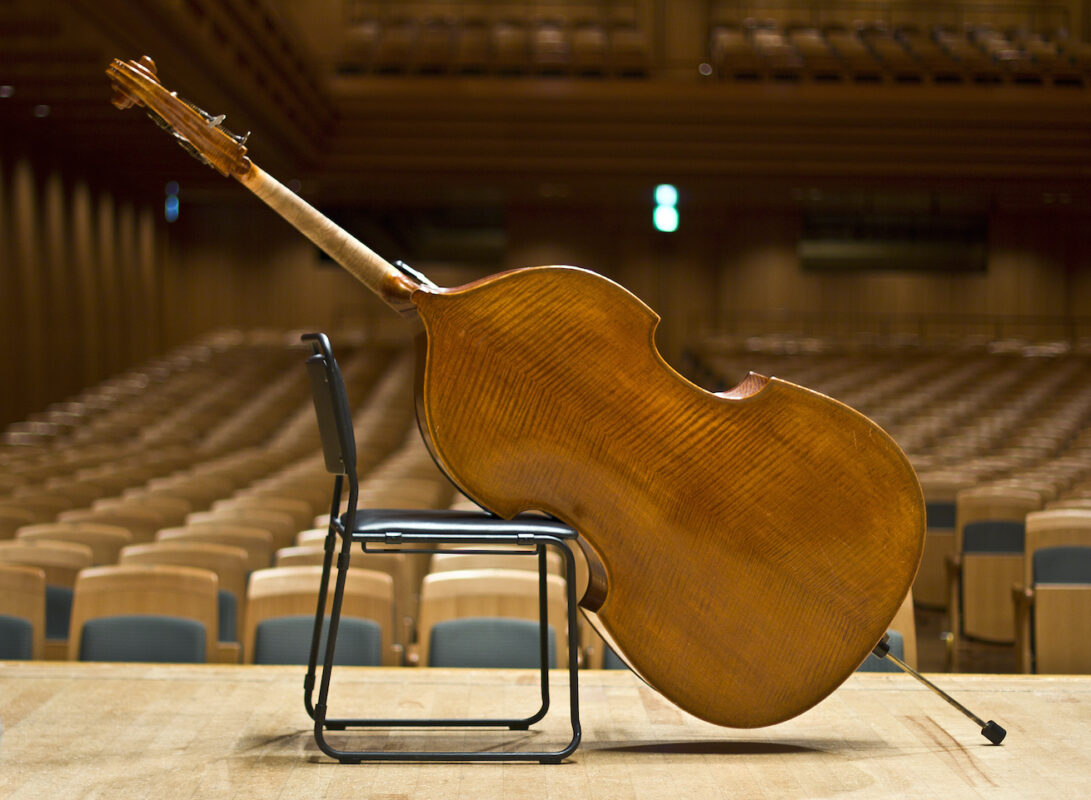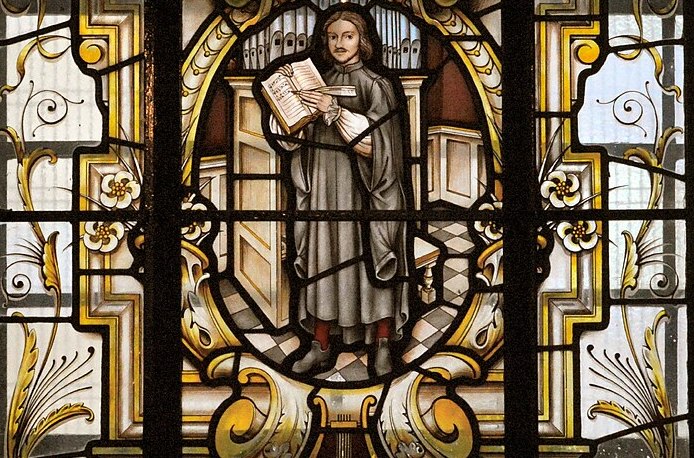Come, dear little zither
A comprehensive volume not only documents the Mühlemann Collection, but also outlines the history of the zither in Switzerland.

In the 1970s, secondary school student Lorenz Mühlemann came across the then largely forgotten accordion zither and was enchanted by its sound. This love at first sight turned into a passion. In 2003, he opened his systematically built-up collection of around 250 mountain and salon zithers in the former Amtsschaffnerei in Trachselwald. The Swiss Zither Cultural Center can be visited like a museum by appointment or on the first Sunday of the month in the afternoon, but on Sunday mornings the proactive director demonstrates the neck and board zithers with short explanations and suitable pieces that he plays himself. These commented concert hours are entertaining and informative and are reminiscent of a musical genre between folk and art music, which made life easier for many people in modest circumstances in the second half of the 19th and early 20th centuries.
Lorenz Mühlemann has brought his string playing to the public in several traveling exhibitions and in many courses and has also built up a small publishing house with zither sheet music and underlay sheets.
Now this specialist has measured and described his zither instruments and had them photographed by Thomas Reck. This catalog work has resulted in a 400-page volume that can be enjoyed as a pretty picture book, but also serves as a short history of the local Emmental, Entlebuch, Toggenburg and Kriens neck zither, the Glarus and Schwyz zither and all the concert, chord and string zithers.
In his comments, the author draws on previous work, but can also contribute to instrument research with his own studies. For example, he has located a previously unknown neck zither maker, Sebastian Peter in Gontenschwil, Canton Aargau, whose instrument from 1862 is illustrated (pp. 21/33). There is also mention of Johann Wegmüller, who built a Hanottere in 1890, apparently a descendant of the zither makers Niklaus and Samuel Wegmüller in Ursenbach. The clarification of a previous misunderstanding is also a valuable clue: in Dürrenroth near Huttwil, not only the clog and zither maker Abraham Kauer (1794-1870) was at work, who as a six-year-old child could hardly have made the oldest Emmental neck zither (Basel Music Museum) made in 1800, but also his father Abraham Kauer senior (1762-1844).
The so-called salon zithers, inlaid board zithers decorated with stencil painting or decals and produced in series, were generally sourced from Germany, but were apparently also made in Brienz (A. Aplanalp), Bern (Jakob Klöti, Albin Hostettler) and Zurich (Otto Schärer). In addition to illustrations of all the zithers in the Mühlemann collection, photos of players, music and loving details such as floral decorations, chased nickel silver fittings, cases, embroidered cases, tuning keys and zither rings are reminiscent of the good old days.
Lorenz Mühlemann, Die Zither - ein Instrument der Volks-, Kunst- und Hausmusik, 376 p., Fr. 65.00, Federal Office of Culture, Bern 2014, ISBN 978-3-9523397-3-2
Swiss Zither Cultural Center: www.zither.ch









